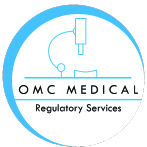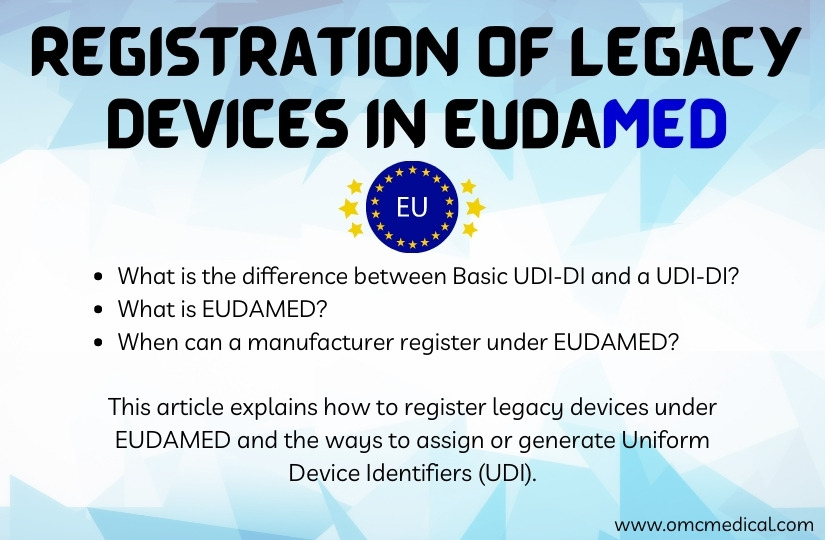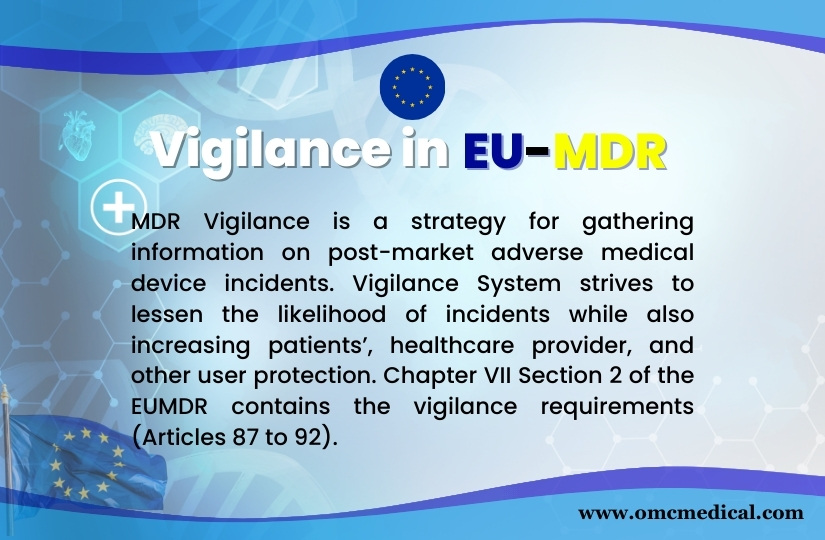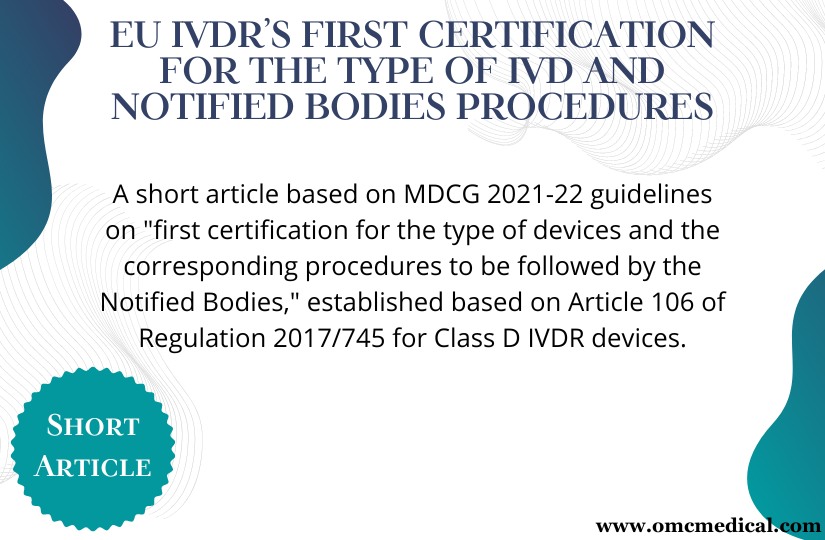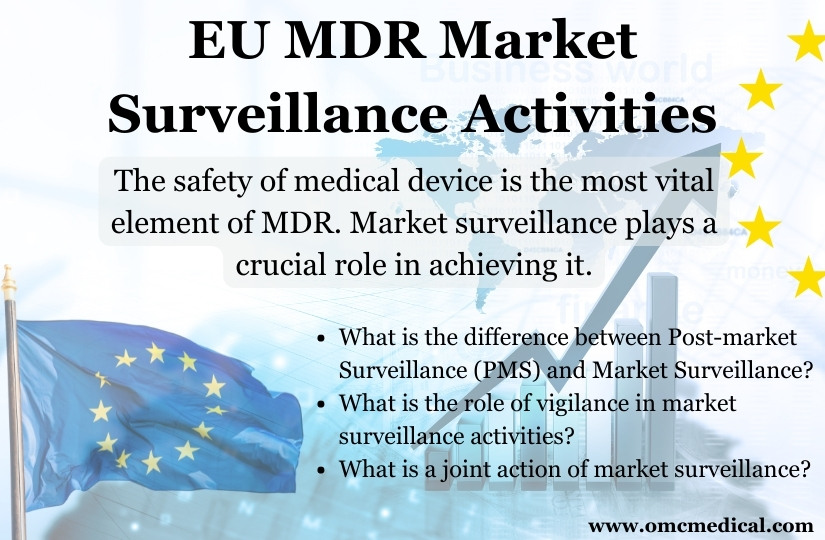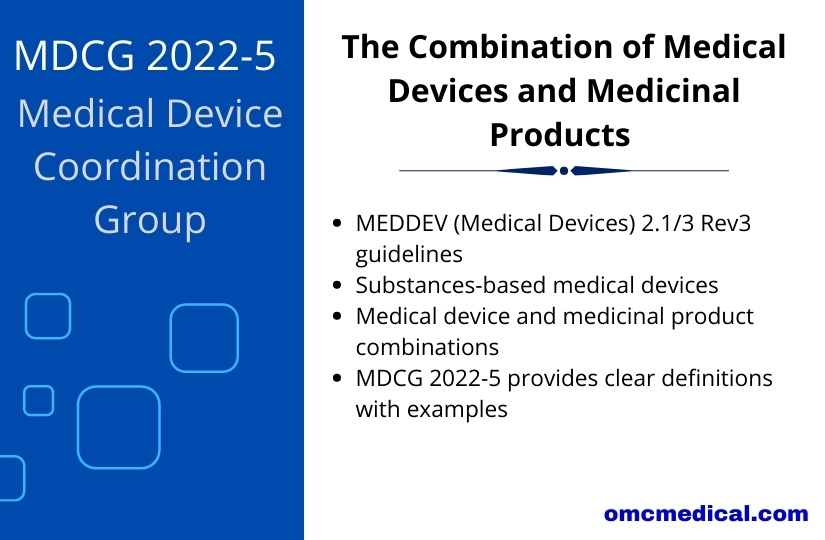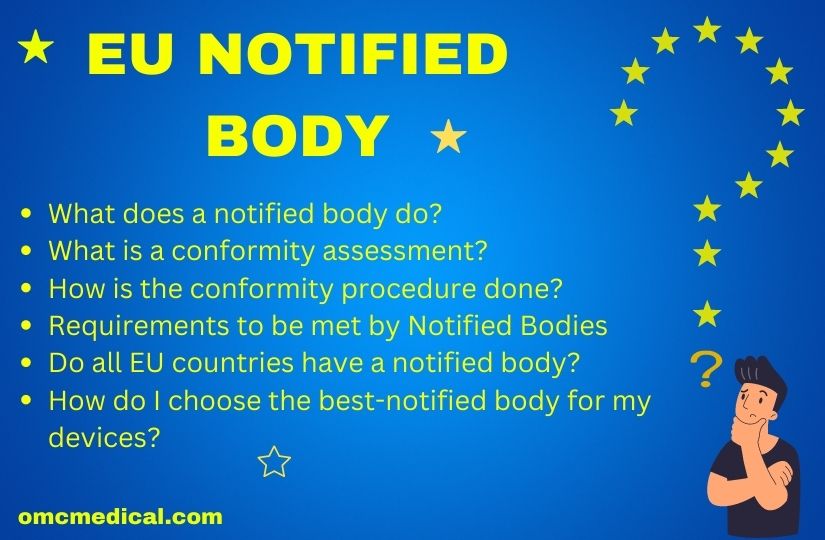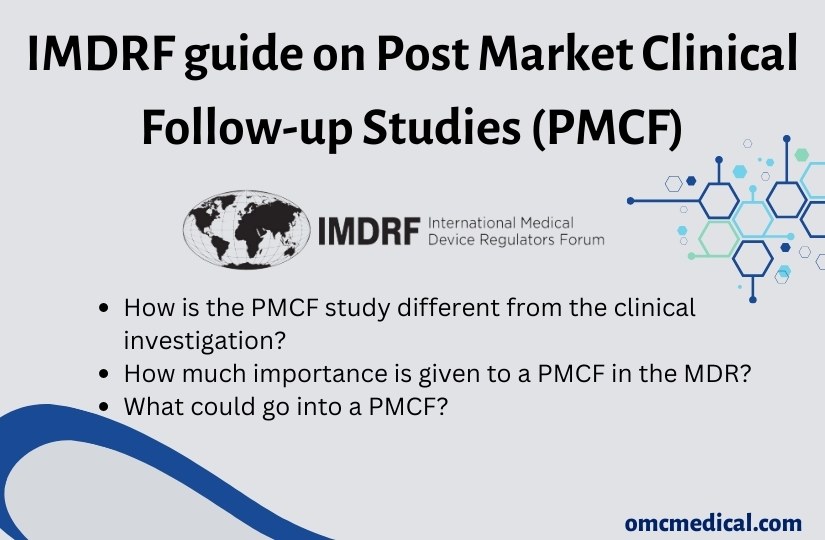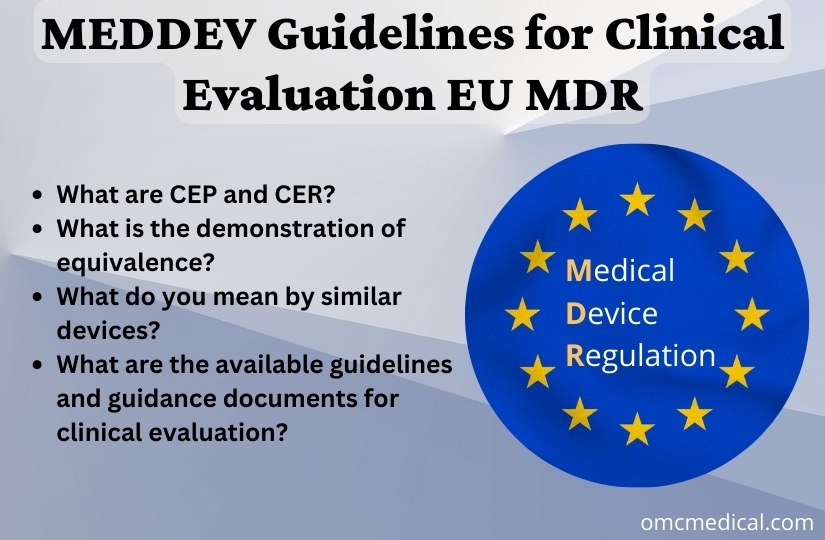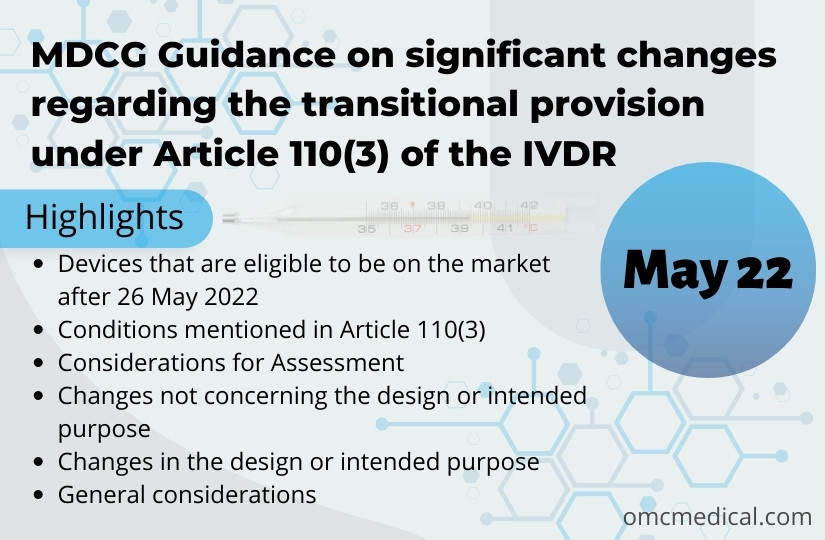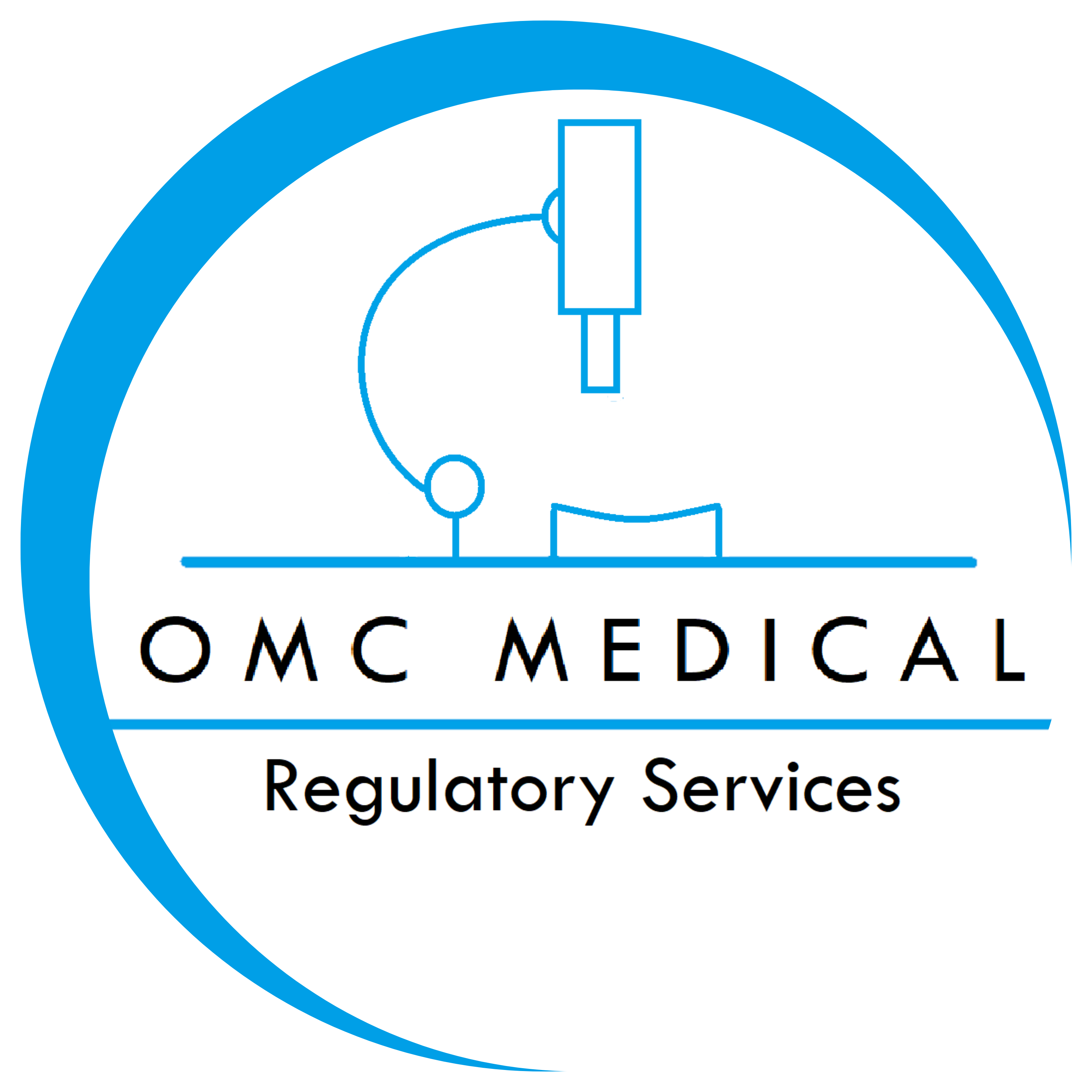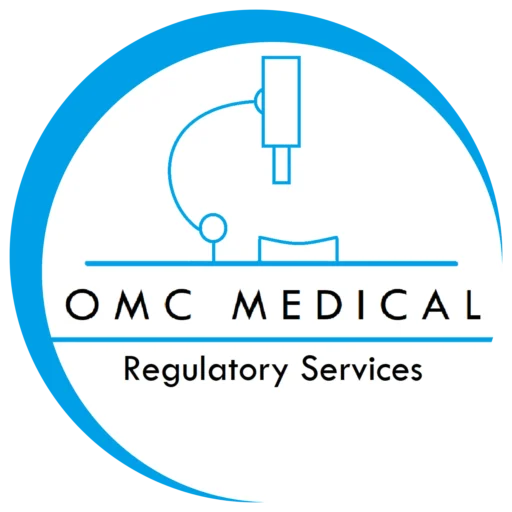EU
Legacy Devices are the medical devices covered by a valid Directive certificate under Directive 93/42/EEC or Directive 90/385/EEC and continue to be placed on the market after the date of application of Regulation (EU) 2017/745 (MDR). Those devices should be registered under EUDAMED without Basic UDI-DI and a UDI-DI within 18 months after the application is placed or 24 months if the EUDAMED is not fully functional before the date of application. This registration is mandatory for the manufactur...
Vigilance in EU MDR
Introduction The Medical Device Vigilance System’s goal is to lower the risks of using medical equipment and serious incidents while it strives to improve protection for patients, healthcare providers, and other users. A National Competent Authority Report is one way that adverse occurrences are evaluated and, where necessary, information is shared according to the Medical Devices Directives/Regulations (NCAR). The implementation of suitable field safety corrective measures aims to prevent...
EU IVDR’s First certification for the type of IVD and Notified Bodies Procedures
A short article based on MDCG 2021-22 guidelines on “first certification for the type of devices and the corresponding procedures to be followed by the Notified Bodies, ” established based on Article 106 of Regulation 2017/745 for Class D IVDR devices. Additionally, this guide talks about the conditions to be followed by the Notified bodies, whether to consult the expert panel for the performance evaluation report of the IVDR devices. According to Article 48(6) of IVDR 2017/746, th...
The combination of medical devices and medicinal products based on MDCG 2022-5
This article focuses on the distinctions between the MDD and MDR, considering the terminologies and real-world examples of substance-based devices and combinations of medical and medicinal products. MEDDEV (Medical Devices) 2.1/3 Rev3 guideline for “Borderline products, drug-delivery products, and medical devices incorporating, by an integral part, an ancillary medicinal substance or with ancillary human blood derivative” got replaced with MDCG 2022-5 ” Guidance on the borderli...
EU Notified Body
A notified body is an independent organisation designated by an EU country to assess the conformity of products before being placed on the market. Under EU MDR 2017/745, the notified body is also called a conformity assessment body. A conformity assessment body (CAB) or a notified body is responsible for carrying out the conformity assessment procedure mentioned in the applicable Regulation. What does a notified body do? A notified body assesses whether the product conforms to the require...
IMDRF guide on Post Market Clinical Follow-up Studies (PMCF)
PMCF is a continuous process that updates the manufacturers’ clinical evaluation during the Post-market surveillance. They must collect user feedback, clinical data, and all other clinical experiences. This article provides an overview of the design, implementation, and appropriate use of PMCF studies. these are an integral part of PMS reports. There may be some data limitations during the premarket phase, like the duration of the investigation and the number of subjects involved or restri...
MEDDEV Guidelines for Clinical Evaluation EU MDR
During the conformity assessment, the manufacturer must submit the complete information material (labelling, IFU (Instructions for Use), any promotional materials and other relevant documents), Clinical evaluation plan & report with the available clinical data, which includes (General Safety and Performance Requirements) GSPR, intended target groups and purpose, qualitative and quantitative aspects of clinical safety, performance procedures and other risk factors involved. The manufacturer m...
Corrective And Preventive Action (CAPA)
“Corrective action” is the immediate address of an issue, whereas “Preventive action” is addressed to reduce or stop the recurrence of the same error from happening again. What is a CAPA? Corrective And Preventive Action consists of a system of procedures to help improvise the non-conformances, undesirable outcomes and even field safety corrective actions of an organisation. Corrective And Preventive Action must include the following steps: CAPA is a time-bound activity. Corrective And P...
MDCG Guidance on Article 110(3) of the IVDR
MDGC Guidance on significant changes regarding the transitional provision under Article 110(3) of the IVDR aims to provide clarification on the concept of ‘significant changes in the design and intended purpose’. This article applies to manufacturers of devices that comply with Directive 98/79/EC and is placed on the market or put into operation after the transition period ends on May 26, 2022, irrespective of the involvement of notified body under the IVDD. It is important to note that IVDR...
